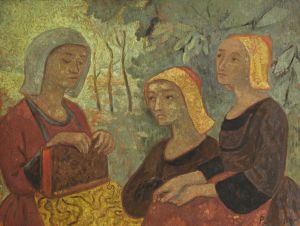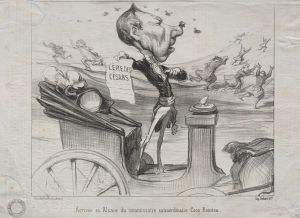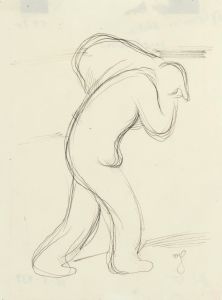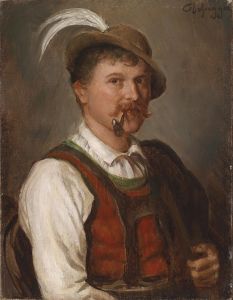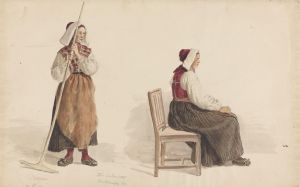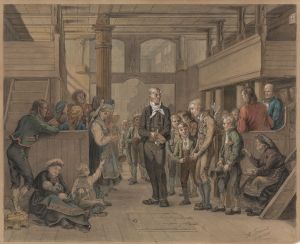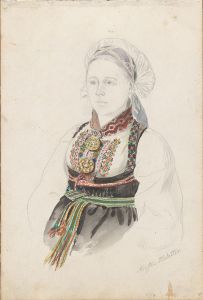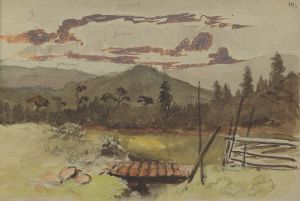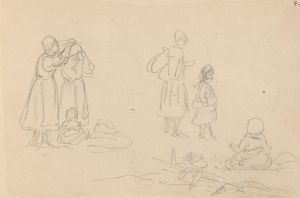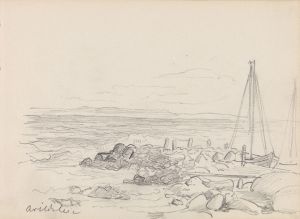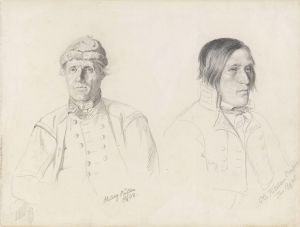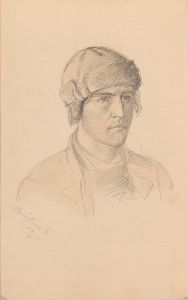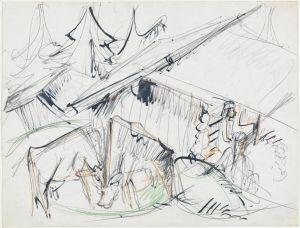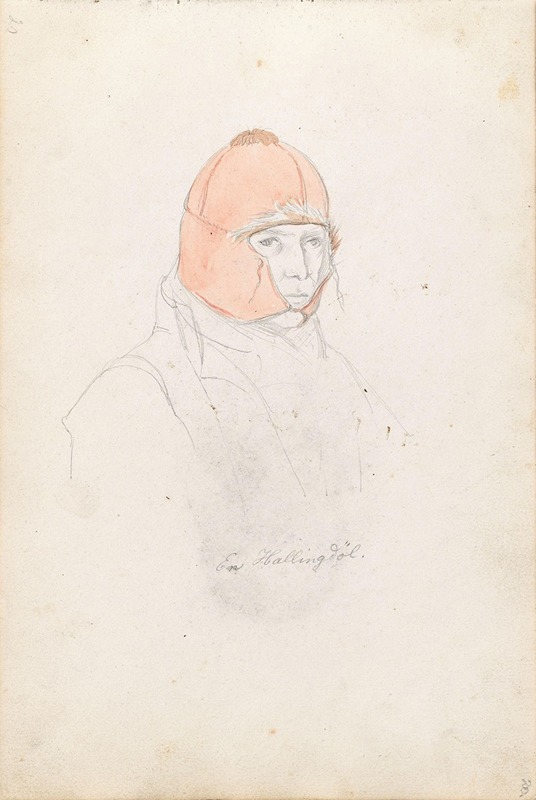
En hallingdøl
A hand-painted replica of Adolph Tidemand’s masterpiece En hallingdøl, meticulously crafted by professional artists to capture the true essence of the original. Each piece is created with museum-quality canvas and rare mineral pigments, carefully painted by experienced artists with delicate brushstrokes and rich, layered colors to perfectly recreate the texture of the original artwork. Unlike machine-printed reproductions, this hand-painted version brings the painting to life, infused with the artist’s emotions and skill in every stroke. Whether for personal collection or home decoration, it instantly elevates the artistic atmosphere of any space.
Adolph Tidemand was a prominent Norwegian painter in the 19th century, known for his detailed and evocative depictions of Norwegian folk life and traditions. One of his notable works is "En hallingdøl," which translates to "A Man from Hallingdal." This painting is a significant example of Tidemand's dedication to capturing the essence of Norwegian rural culture during a period when national identity was becoming increasingly important.
"En hallingdøl" was painted in 1848, a time when Norway was experiencing a cultural awakening. This period was marked by a growing interest in national heritage, partly as a reaction to the country's union with Sweden. Artists like Tidemand played a crucial role in this movement by documenting and celebrating Norwegian traditions and everyday life through their art.
The painting portrays a man from Hallingdal, a valley in Norway known for its rich cultural traditions, including distinctive folk costumes, music, and dance. Tidemand's choice to depict a Hallingdal man reflects his interest in regional diversity and the unique characteristics of different Norwegian communities. The subject is typically shown in traditional attire, which would have been recognizable to contemporary viewers as emblematic of Hallingdal's cultural identity.
Tidemand's work is characterized by meticulous attention to detail and a strong sense of realism. In "En hallingdøl," he employs these techniques to bring the subject to life, capturing not only the physical appearance of the man but also conveying a sense of his personality and the cultural context he represents. The painting is a testament to Tidemand's skill in rendering textures and materials, evident in the intricate patterns of the clothing and the lifelike portrayal of the subject's features.
The significance of "En hallingdøl" extends beyond its artistic merit. It serves as a historical document, offering insights into the clothing, customs, and social conditions of 19th-century rural Norway. Tidemand's work, including this painting, contributed to a broader understanding and appreciation of Norwegian cultural heritage at a time when such recognition was crucial for national identity.
Adolph Tidemand's paintings, including "En hallingdøl," were well-received in his time and continue to be appreciated for their historical and cultural value. They are often studied for their contribution to the Romantic Nationalism movement in Norway, which sought to preserve and celebrate the country's unique cultural traditions. Tidemand's ability to capture the spirit of Norwegian folk life has cemented his place as one of the most important artists in Norway's history.
Today, "En hallingdøl" is part of the collection at the National Museum of Art, Architecture and Design in Oslo, Norway. It remains an important piece for both art historians and the general public, offering a window into the past and a deeper understanding of Norway's cultural landscape during the 19th century. Through works like this, Tidemand has left a lasting legacy that continues to influence and inspire appreciation for Norwegian art and culture.





